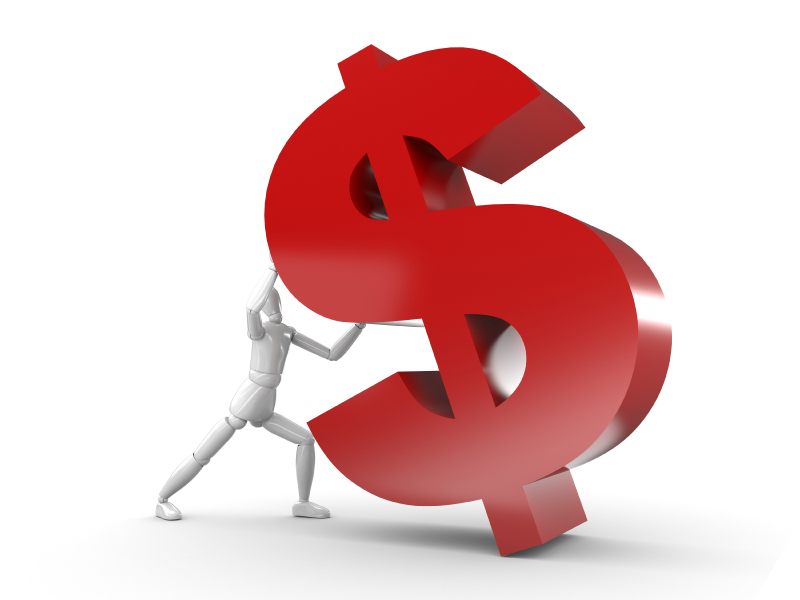While the Fed is still busy figuring out why there is no inflation, or shall we say has outright admitted that they have no clue, Janet Yellen in her speech on Tuesday was still holding on to her hawkish stance of gradual rate hikes and winding down the balance sheet. If, however, inflation were not to move up in the foreseeable future, she would consider an easier approach to monetary policy again.
What is it now…? To this author, Yellen’s speech is another example of the Fed’s communication disaster ever since she took over the chair. You could see CNBC’s Steve Liesman literally scratch his head when he tried to explain the logic. Applying sophisticated language doesn’t belie the impression that the Fed is merely interested in raising rates for the purpose of having the option to lower them again when an economic downturn were to hit us.
What was that…? In the Fed we trust? How can we, if US monetary policy is being conducted like that? It almost sounds like a bunch of students doing trial and error games. It is one thing to admit not understanding an economic phenomenon, it borders on irresponsible behaviour however to signal to the investing world that you’d be prepared to take measures that aren’t at all required and risk damaging that fragile economy.
And fragile it is, no matter what the mainstream pundits keep telling you. Macro numbers continuously disappoint, and the quality of the labour market has long been misinterpreted. To be sure, the most recent noise around tax reform has had equities gone higher and Treasury yields move up. All of a sudden there is glimmers of the Trump-is-good-for-business mantra again. And yes, if there is a boost to business and growth, the Fed would hike and rates go up, or so the thinking goes.
But let’s be a little more realistic. It took Ronald Reagan two years from his proposal of the largest tax reform in modern US history to finally passing it in Congress in the late 1980s. And with rising animosities between the White House and Congress it is hard to expect this process be completed any faster than Reagan’s landmark reform. In other words, we will see all this excitement fade away again in the near future.
Also, let’s not forget that recessions are predominantly triggered by monetary policy excesses or mistakes. Particularly a dovish central banker like Janet Yellen should be hyper-sensitive to that fact. No one has so far really been able to answer the question why she has left her tried-and-tested path of leaning towards more accommodation rather than the opposite.
So, where does this all leave us? The recent hawkish saber-rattling expressed at the FOMC and this week’s speech has all of a sudden given the dollar wings. The weakening trend from the beginning for the year seems to be broken now, against the Euro, the Yen as well as EM currencies. If this truly marks a Fed-induced dollar bottom and it continues to strengthen from here, then this in itself represents a tightening mechanism.
Secondly, Yellen won’t deviate from her hawkish course as we have heard, i.e. we can confidently expect a couple of rate hikes before any change of mind at the ivory tower will be contemplated. In addition, you will have noticed that she seems to have moved away from her legendary data dependency. So not even a slew of bad macro numbers pointing toward a potential slip into recession might deter her from raising rates further?
Thirdly, we will most probably see the commencement of the balance sheet unwind in October. It will be small in size and not affect the bond markets initially, but it is another tightening move on top of everything else. However long the anticipated period to run off all assets built for monetary stimulus is being assessed, we will probably never clear the Fed’s balance sheet entirely, at least not in our lifetimes.
The next recession is surely in the making. We just don’t know yet when it will hit us. On one hand, Yellen wants to squeeze in a few hikes to be in a position to respond to a downturn by lowering rates again. At the same time, she is brewing this triple-toxic cocktail and puts the foot on the accelerator despite the concrete wall already being visible.
